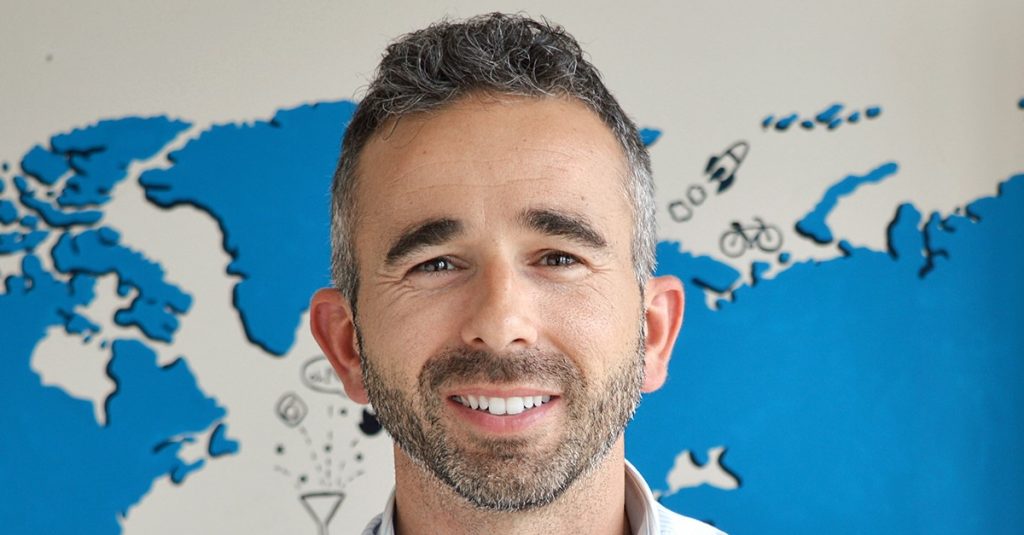The Caribbean tourism sector faces a new hurdle as Hurricane Beryl makes its way towards Jamaica. This natural disaster has resulted in a sharp decline in travel demand to the region, with potential long-term effects on its tourism industry.
Data from Mabrian, part of The Data Appeal Group, highlights a significant drop in climate perception across major Caribbean destinations. This decline is affecting tourist satisfaction and influencing potential travellers’ decisions, posing a substantial challenge for the region’s tourism industry.
Tourism Declines Amidst Hurricane Warning
Tourist demand for Caribbean vacations is already waning as Hurricane Beryl approaches Jamaica. The storm’s anticipated arrival has prompted multiple travel cancellations, particularly affecting regions previously devastated by its path, such as the Dominican Republic and Puerto Rico.
The data firm Mabrian reveals that climate perception has notably deteriorated, an indicator crucial for predicting short-term travel trends within the Caribbean. This adverse development could significantly hinder economic stability for these island nations.
Assessing the Impact Through Data
Mabrian has focused its analysis on five major Caribbean destinations: Dominican Republic, Jamaica, Mexican Caribbean, Cuba, and Puerto Rico. The assessment compared the Perception of Climate Index (PCI) from the current week to that of the same period in 2023.
This index evaluates visitor satisfaction based on weather conditions and expectations during their stay. The current PCI scores indicate a sharp decline, especially in the Mexican Caribbean, where scores plummeted from 65 to 43 within a week. Jamaica, too, witnessed a substantial decrease from 89 to 67.
Understanding Perception of Climate Index
The Perception of Climate Index (PCI) is vital for understanding how weather anomalies impact tourism. It provides a quantifiable measure of visitor satisfaction against climatic expectations.
In the wake of Hurricane Beryl, PCI variations illustrate a worrying trend for Jamaica and the Mexican Caribbean, both of which are facing dramatically decreased ratings. Meanwhile, other destinations like the Dominican Republic, Cuba, and Puerto Rico have experienced moderate declines as they remain somewhat insulated from the storm’s direct impact.
These metrics underscore the broader implications of climate change on tourism, a phenomenon that continues to pose strategic challenges for destination management across the globe.
Flight Searches and Strategic Responses
Flight searches from the US to key Caribbean destinations like Cancun have sunk by approximately 20% in the past four days, as reported by Mabrian. This downturn poses a direct threat to the influx of tourists expected between July 1-7.
Carlos Cendra from Mabrian suggests that destinations should craft targeted outreach and emergency plans. By addressing potential tourists’ concerns and effectively managing expectations, the travel industry can mitigate some of the negative repercussions inflicted by adverse weather perceptions.
Challenges and Strategic Planning for Tourism Boards
Caribbean tourism boards face the daunting task of countering negative perceptions and maintaining visitor interest, especially during hurricane season. Rapid response strategies are essential to manage crises and sustain economic resilience.
Tourism boards must also promote accurate information about recovery efforts and safe travel zones to reassure anxious travellers. This kind of strategic communication can help in re-establishing trust and encouraging continued travel interest.
Role of Climate Change in Long-Term Tourism Planning
Climate change remains a prevailing force that reshapes meteorological patterns globally. Caribbean destinations must adapt both tactically and strategically to these shifts to safeguard their tourism appeal.
Moving forward, resilience strategies need to integrate climate considerations to effectively manage and anticipate these disruptions. Stakeholders must prioritise sustainable tourism practices to ensure both economic continuity and environmental protection.
Outlook and Future Strategies
In conclusion, Caribbean destinations must innovate and implement comprehensive plans to bolster their tourism sector. This involves an intricate balance between addressing immediate climate-induced challenges and laying groundwork for sustainable future tourism practices.
Hurricane Beryl serves as a stark reminder of the vulnerability the Caribbean tourist sector faces due to climatic changes. Long-term strategic planning and resilience are pivotal for securing its future.

